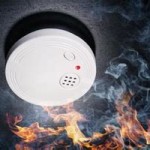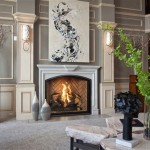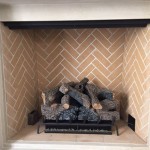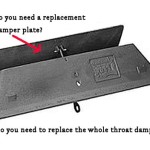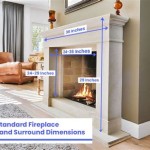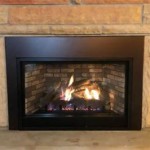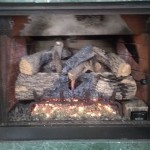Chimney Anatomy: Essential Aspects of a Wood-Burning Fireplace Chimney
A wood-burning fireplace chimney is a vital component of any home with a wood-burning hearth. It provides a safe and efficient way to vent combustion gases and smoke from the fireplace, while also protecting the home from fire hazards. To ensure optimal performance and safety, it's crucial to understand the essential aspects of a chimney.
Chimney Structure
A chimney is typically composed of several key elements:
- Firebox: This is the chamber where the fire burns. It is typically made of fire-resistant materials like brick or stone.
- Throat: The throat is the narrowest part of the chimney, located just above the firebox. Its purpose is to create a suction effect that helps draw combustion gases up the chimney.
- Flue: The flue is the vertical shaft that carries combustion gases and smoke from the fireplace to the outside. It is lined with fire-resistant materials such as stainless steel or clay tiles.
- Chimney Cap: The chimney cap is a protective cover installed at the top of the flue. It prevents rain, snow, and debris from entering the chimney while allowing combustion gases to escape.
Flue Height and Diameter
The height and diameter of the flue are critical to ensure proper draft. A taller flue creates a stronger draft, while a narrower flue increases the velocity of the combustion gases. The optimal flue height and diameter will depend on the size and type of fireplace, as well as the local building codes.
Chimney Liner
A chimney liner is an essential safety feature that protects the chimney from the corrosive effects of combustion gases. Liners can be made of various materials, including stainless steel, clay tiles, or ceramic. They form a smooth, impervious surface that prevents gases from seeping into the masonry or drywall of the home.
Chimney Maintenance
Regular chimney maintenance is crucial to ensure proper operation and prevent safety hazards. It involves:
- Cleaning: The chimney should be cleaned annually to remove soot and debris buildup, which can block the flue and hinder draft.
- Inspection: A professional chimney inspection should be performed regularly to assess the overall condition of the chimney, check for damage or deterioration, and identify any potential fire hazards.
- Repairs: If any damage or defects are found during inspection, they should be promptly repaired to maintain the integrity and safety of the chimney.

A Wood Stove Fits Just Right In This Modern Living Room Fireplace Hearth Country

The Pros And Cons Of Choosing A Wood Burning Fireplace For Your Home

Old Wood Stove On Brick Hearth By Stocksy Contributor Brian Powell Fireplace Burning

New Wood Burning Prefab Fireplaces Complete Fireplace Installs

40 Wood Burning Stove Ideas Fireplace Universe Decor Corner

Can You Install A Wood Stove In Fireplace Direct Stoves
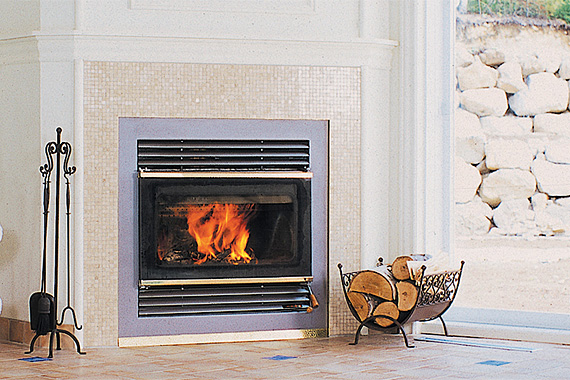
Energy Efficient Wood Burning Fireplaces

Real Wood Burning Fireplace Stove 12 Kw At Rs 55000 Piece Blower For In Faridabad Id 24652814733

Wood Burning Fireplaces Inserts Full Service Chimney

Gas Vs Wood Fireplaces A Guide Chimney Com

